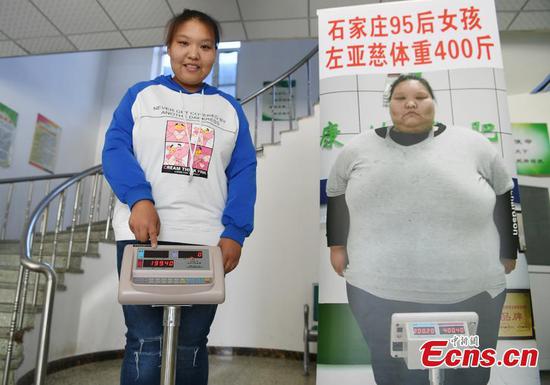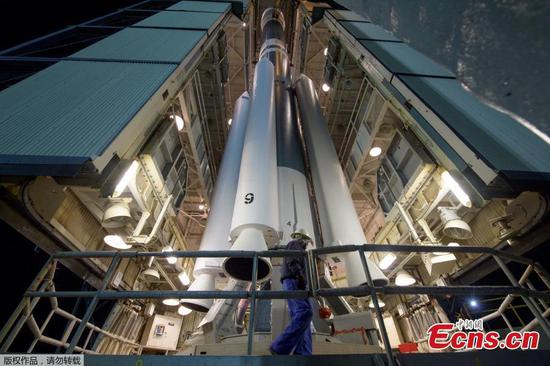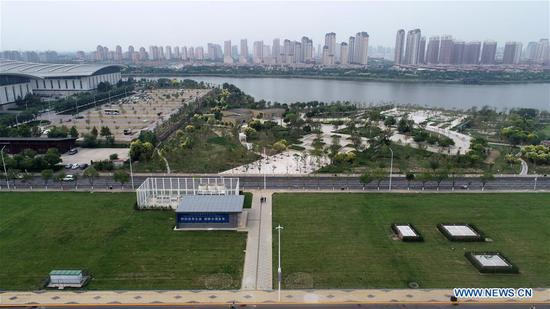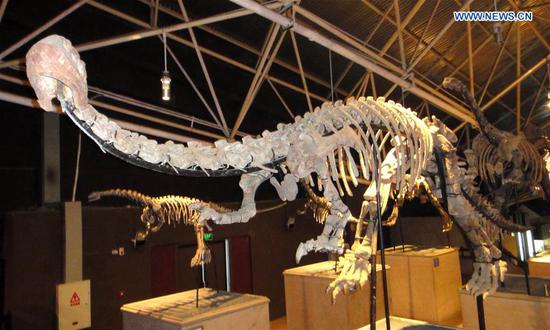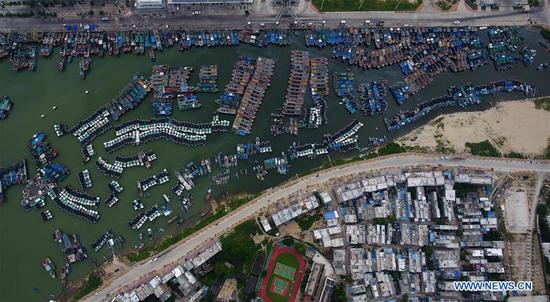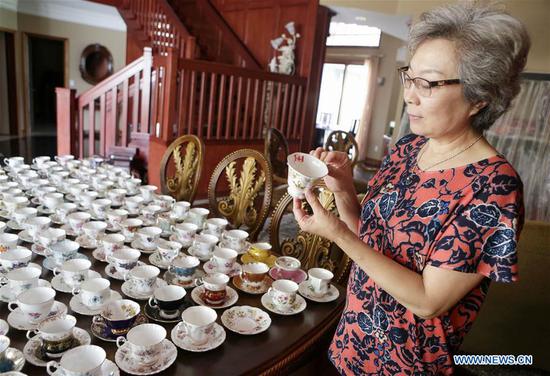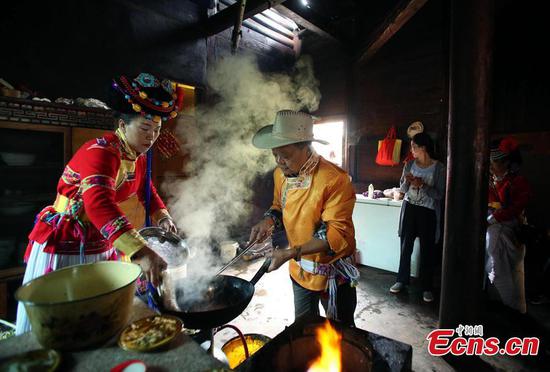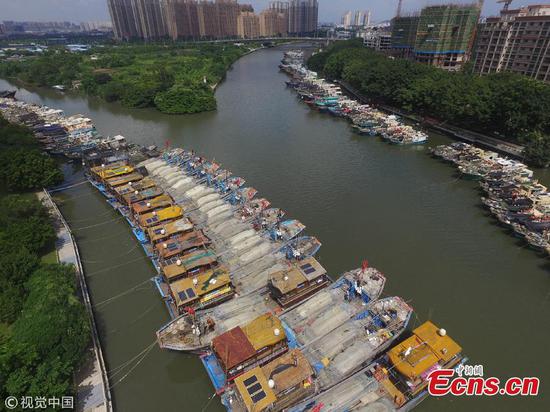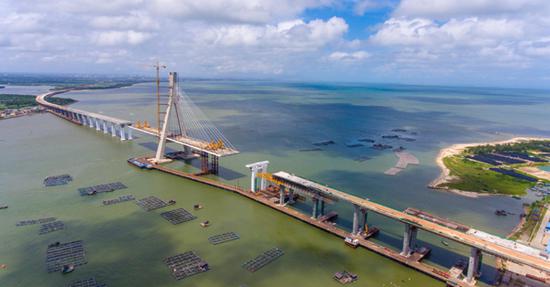"A single bed in Puxi is preferable to a room in Pudong," a saying that had been popular in Shanghai till the 1980s goes.
The saying epitomized the sharp contrast of the laggard region east of the Huangpu River in Shanghai to the early-developed region on the opposite side of the river, as Pudong was occupied mostly by farmland and sparse industrial firms back then.
The backwardness associated with Pudong has long become a thing of the past after 28 years of development, during which the area has turned into a new symbol and pioneer of the country's reform and opening up.
PROFOUND CHANGES
For most visitors to Shanghai, a main attraction is the skyline of Pudong with its three towering skyscrapers, including the 632-meter-tall Shanghai Tower, currently China's tallest building and the world's second tallest.
The colossal buildings that meet the clouds, however, are only a small part of the profound changes from Pudong's development since 1990, when central authorities announced a decision to develop and open up Pudong.
"The decision pushed Pudong to the frontline of China's reform and opening up," said Weng Zuliang, secretary of the Pudong New Area Committee of the Communist Party of China (CPC).
Over the past 28 years, the local economy expanded from 6 billion yuan (about 876 million U.S. dollars) in 1990 to 965.1 billion yuan last year, an average annual growth of 15.1 percent, data showed.
Covering about one-fifth of Shanghai's total area and home to a quarter of the permanent residents, Pudong now creates near one-third of the municipality's regional GDP.
In the first half of this year, the local GDP rose 8 percent to 501.5 billion yuan, accounting for 32.2 percent of Shanghai's total, up by 0.2 percentage points from 2017.
The fiscal revenue rose more than 350 times from 1993 to 2017. The per-capita residential disposable income rose 3.1 times from 2003 to 60,715 yuan last year. Total fixed-asset investment exceeded 2.3 trillion yuan during the 28 years since reform and opening up.
Favorable policies and easy market access in Pudong attracted the extensive participation of foreign investors.
In the 1990-2017 period, Pudong saw a total contracted foreign direct investment of 196.2 billion dollars. The area is currently home to 281 regional headquarters of multinational companies.
NON-STOP REFORM
The changes would not have been possible without the area's constant steps toward reform and opening up.
"The important decision to reform and open up Pudong showed the world China's unswerving resolution and confidence to push forward the reform and opening up," Weng said.
In the initial stage, Pudong was granted a host of supportive policies, including tax exemptions, easier project approval and easier access for foreign investment.
With the policy preferences, Pudong saw the establishment of many of the country's firsts: a bonded area, a securities exchange and a foreign-invested bank, as well as the first foreign insurance company, among many others.
In 1993, Pudong was expanded with the establishment of the Pudong New Area. In 2005, the State Council approved the Pudong New Area's role as the first pilot area for comprehensive reforms.
Five years ago, the government decided to establish a China (Shanghai) Pilot Free Trade Zone (FTZ) in the Pudong New Area, the country's first FTZ.
Shanghai FTZ in Pudong published the country's first negative list with items which were off limits for foreign investment. The negative list has gradually been shortened as the opening-up drive expands, with items cut from 190 to 48.
The area also spearheaded the country's efforts of streamlining business registration, speeding up customs clearance and corporate supervision. So far, more than 100 categories of institutional innovation have been duplicated and rolled out in other parts of the country.
"Pudong's development is an important witness of China's reform and opening up and fully corroborates the greatness and correctness of the CPC Central Committee's decision of building special economic zones and new areas," Weng said.
It also shows the correctness of the reform and opening up under the Party's leadership, and the path of socialism with Chinese characteristics, he added.
In early November, Shanghai will host the China International Import Expo, which has attracted more than 2,800 companies from more than 130 countries and regions.
Pudong has chosen 13 platforms and enterprises to provide exhibition and logistics services to exhibitors from all around the globe.
The area will take the opportunity of the expo to create new heights in pursuing opening up in all fronts, said Weng.











